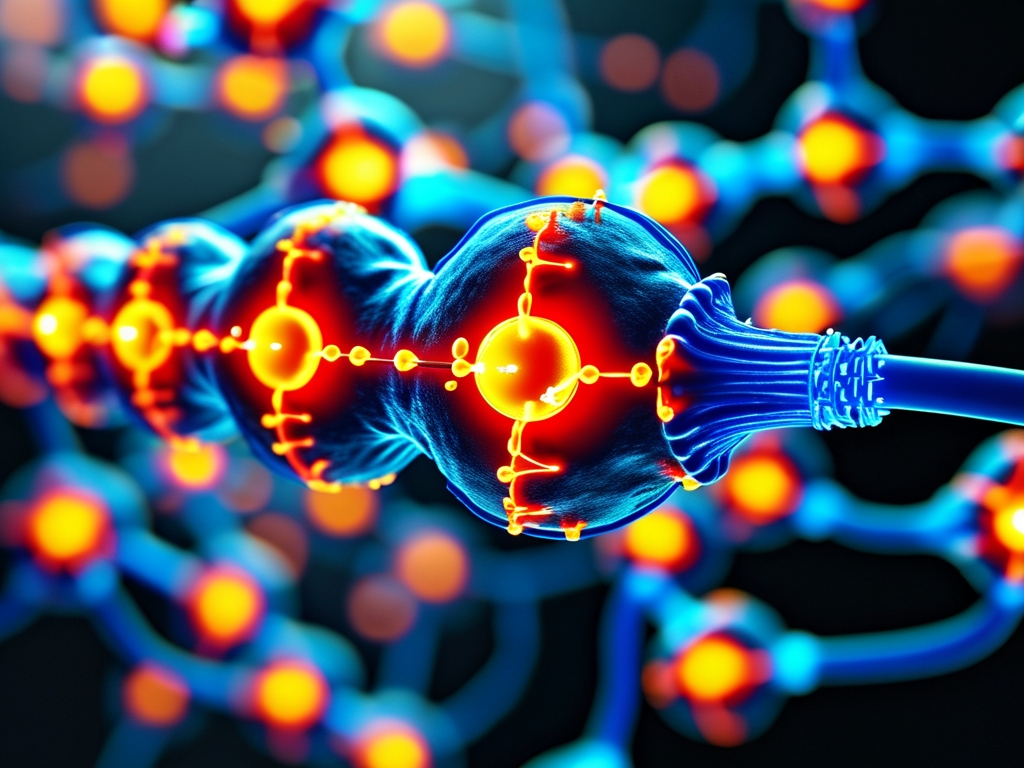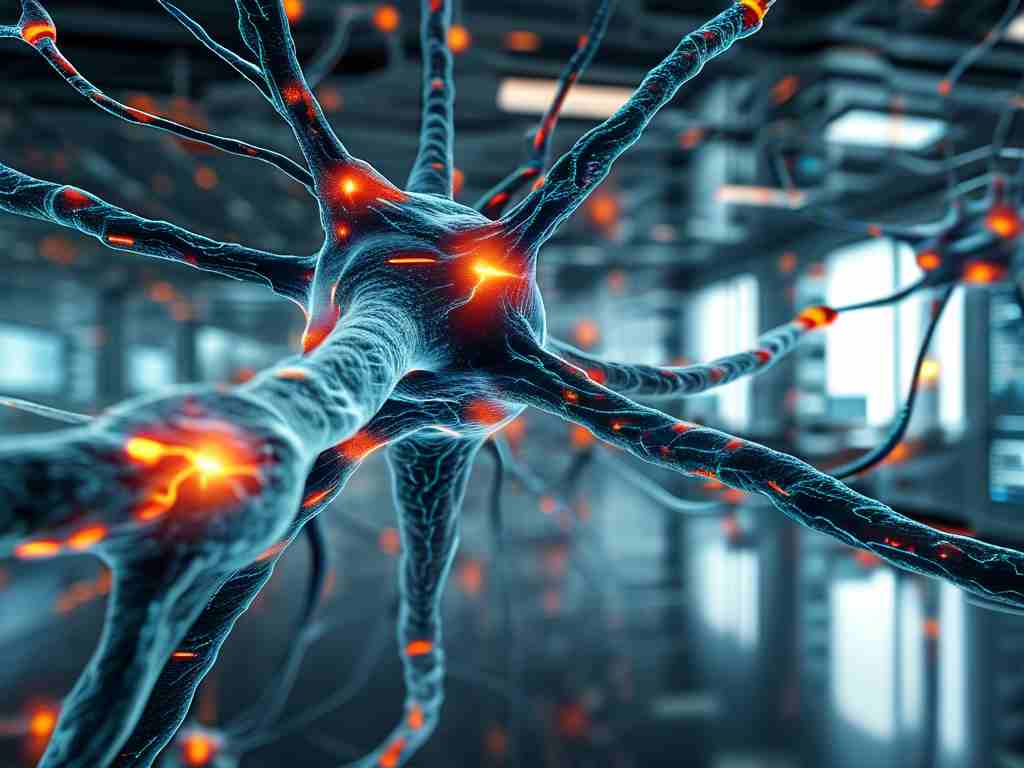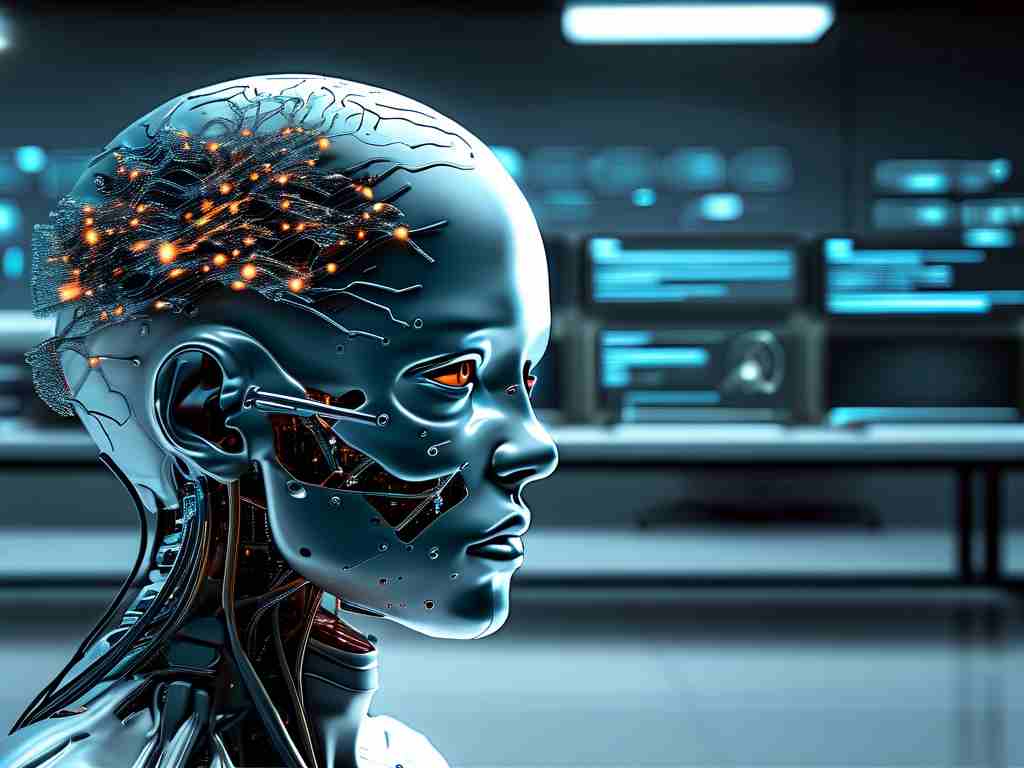The advent of deep learning has revolutionized artificial intelligence, enabling machines to perform complex tasks such as image recognition, natural language processing, and autonomous decision-making. Central to this progress are neural networks, computational models inspired by biological neurons. However, one critical yet often overlooked aspect of neural networks is the concept of "start-stop" mechanisms—processes that govern when and how neural pathways activate or deactivate during training and inference. This article explores the significance of these mechanisms, their implementation, and their impact on model performance.

The Role of Activation Control in Neural Networks
Neural networks rely on activation functions to introduce non-linearity, allowing models to learn complex patterns. However, activation control goes beyond mere function selection. It involves dynamic mechanisms that determine when specific neurons or layers should activate based on input data, training phase, or external triggers. For example, dropout layers act as a form of "stop switch" by randomly deactivating neurons during training to prevent overfitting. Similarly, adaptive architectures like Mixture-of-Experts (MoE) models use gating networks to activate only relevant sub-networks for a given input, optimizing computational efficiency.
Key Techniques for Start-Stop Control
- Early Stopping: A classic method to halt training when validation performance plateaus, preventing overfitting.
- Dynamic Network Pruning: Algorithms that deactivate redundant neurons or connections during inference to reduce latency and resource consumption.
- Attention Mechanisms: Used in transformers, these mechanisms dynamically highlight relevant input features, effectively "starting" focused computation.
- Reinforcement Learning-Based Control: Agents that learn to activate/deactivate network components based on real-time performance feedback.
Case Study: Gated Recurrent Units (GRUs)
GRUs, a type of recurrent neural network (RNN), exemplify start-stop control through their update and reset gates. The update gate decides how much past information to retain, while the reset gate determines which historical data to discard. This gating mechanism allows GRUs to selectively process sequential data, improving performance in tasks like time-series prediction compared to traditional RNNs.
Challenges and Ethical Considerations
While start-stop mechanisms enhance efficiency, they introduce challenges. Over-aggressive pruning can degrade model accuracy, and poorly designed activation rules may create biases. For instance, a facial recognition system that deactivates certain neurons might fail to recognize underrepresented demographics. Additionally, the "black box" nature of dynamic activation complicates model interpretability, raising ethical concerns in high-stakes applications like healthcare or criminal justice.
Future Directions
Researchers are exploring biologically inspired approaches, such as simulating synaptic fatigue, where neurons temporarily deactivate after prolonged use. Another promising area is "self-stopping" networks that autonomously terminate inference upon reaching sufficient confidence, reducing energy consumption. Advances in neuromorphic computing could further integrate hardware-level activation control, mimicking the brain’s energy-efficient processing.
Neural network start-stop mechanisms are pivotal in balancing performance, efficiency, and scalability. As AI systems grow more complex, refining these controls will be essential for sustainable and ethical deployment. By learning from both computational principles and biological systems, the next generation of neural networks could achieve unprecedented adaptability and resource efficiency, paving the way for truly intelligent machines.









